A soft glow, a textured surround, and a sense of hearth-side calm—few elements redefine a room as powerfully as a well-designed fireplace wall. Whether you lean rustic or contemporary, today’s materials and layouts offer fresh ways to treat the vertical canvas around the firebox, from floor-to-ceiling stone veneer to shiplap panels, built-in shelves, or even minimalist slabs of concrete. Designers favor contrasts—rough masonry beside smooth plaster, matte paint against gleaming tile—while new modular systems make it easier to integrate media, storage, or see-through fire features without heavy construction. The twenty ideas below unpack practical details, costs, and styling tips so you can choose the fireplace wall treatment that lights up your own living space.
1. Floor-to-Ceiling Stone Veneer Statement

A soaring stone-veneer fireplace wall instantly anchors an open-plan room, delivering natural texture without the weight of full-depth blocks. Modern veneer panels click together like tile, keeping installation DIY-friendly and costs lower than quarried stone. Opt for a single color family—warm sandstone or cool slate—to elongate the wall visually, and run the cladding right to the ceiling so the eye travels upward. A flush, floating mantel in reclaimed timber breaks up the surface just enough for decor while preserving clean lines. LED uplighting tucked behind the mantel dramatizes the stacked profile after dark, letting the fireplace wall double as evening artwork.
2. Painted Brick Revival
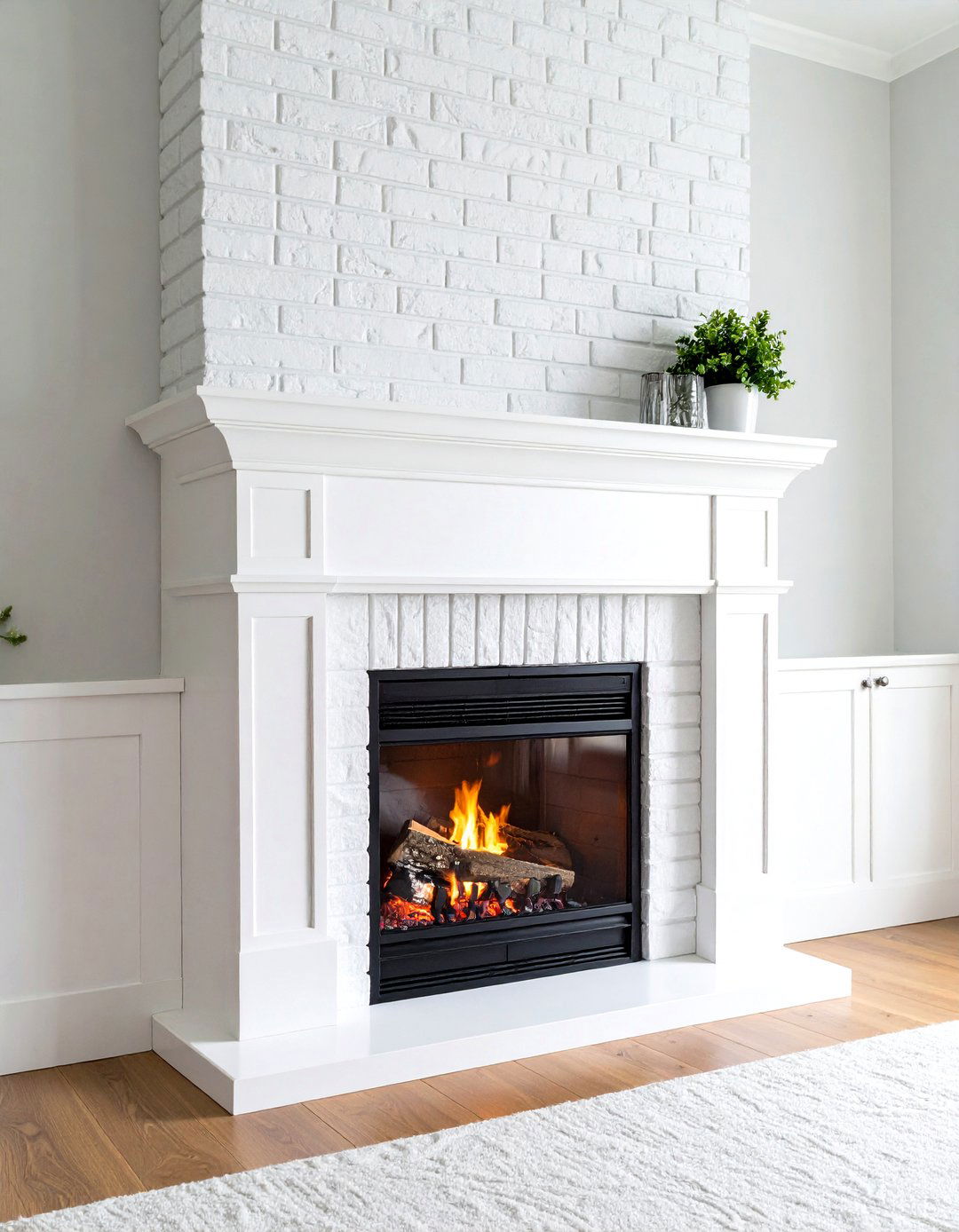
If you already have a brick fireplace wall but crave a lighter look, breathable masonry paint can transform it in a weekend. First scrub soot and dust, then roll on a heat-rated primer so color stays true. Crisp matte white bounces daylight into small rooms, while charcoal lends moody sophistication; both hide mismatched mortar and scorch marks. For depth, dry-brush a second tint over raised bricks—think pale gray over white—to mimic limewash without the mess. Seal with a low-sheen topcoat that withstands fireplace heat cycles. The result is a refreshed fireplace wall that still shows classic brick texture beneath its new hue.
3. Shiplap Farmhouse Charm

Horizontal shiplap boards bring cozy, cottage character, especially when painted a warm neutral that lets the fire pop. Use kiln-dried pine or MDF rated for high temperatures, spacing strips of metal fire-stop around the firebox opening per code. The signature shadow line created by shiplap rabbets adds gentle rhythm across the fireplace wall, and boards can continue onto adjacent built-ins for a seamless look. Pair with a chunky beam mantel and matte-black sconce lights to balance the wall’s horizontal energy. Even in non-farmhouse homes, clean-lined shiplap reads relaxed yet intentional.
4. Built-In Shelving Symmetry
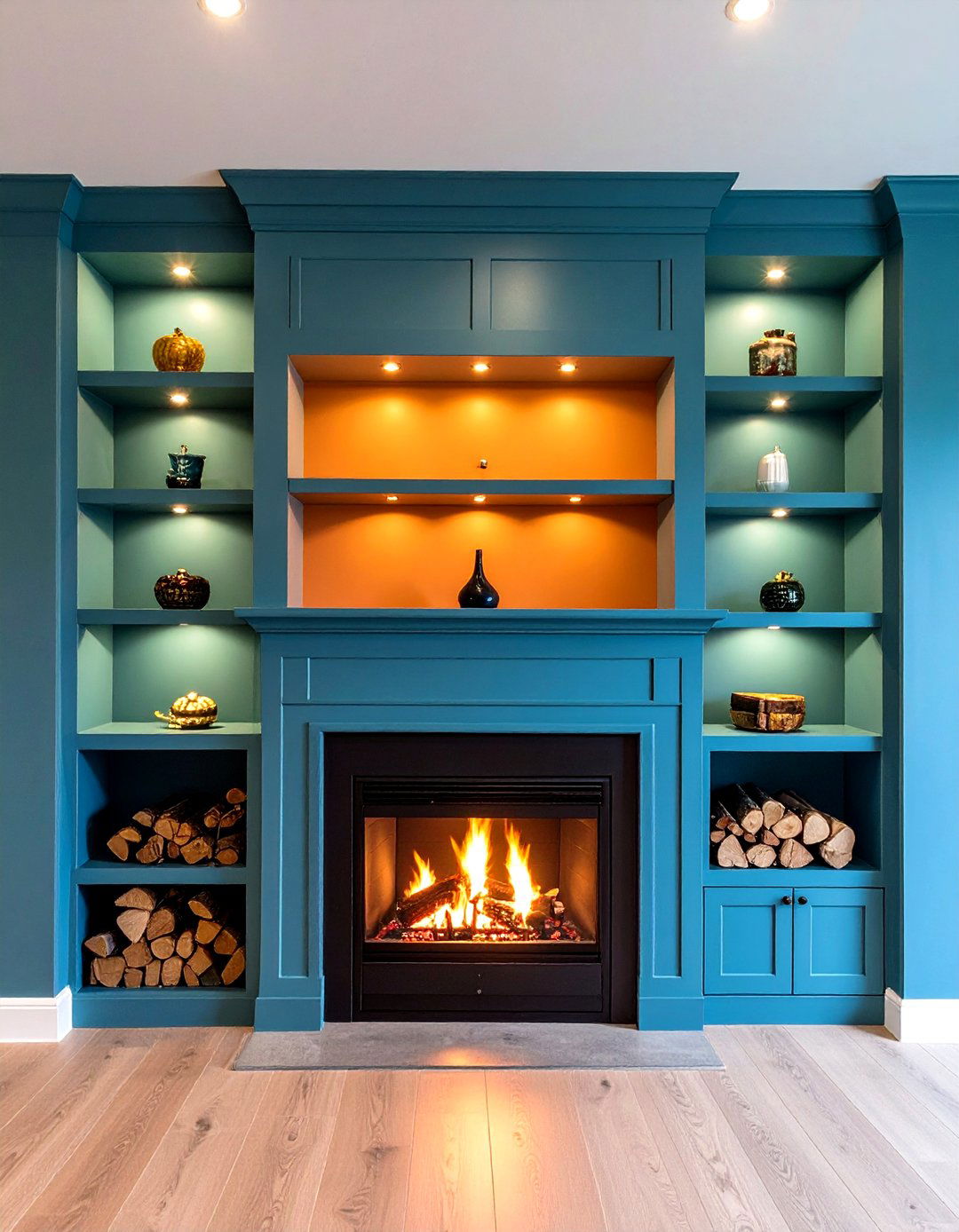
Flanking the fire with custom bookcases turns the fireplace wall into an all-in-one focal point and storage hub. Run cabinets waist-height for logs and games, then install open shelves above for art and plants. Paint shelving and surround the same color to create architectural calm, or use contrasting tones to spotlight treasured objects. Adjustable shelves let you tweak spacing for seasonal décor, while puck lights recessed into shelf tops cast gallery-style highlights. This balanced arrangement frames the fire, anchors furniture placement, and can boost resale value thanks to its tailored appearance.
5. Minimalist Large-Format Tile
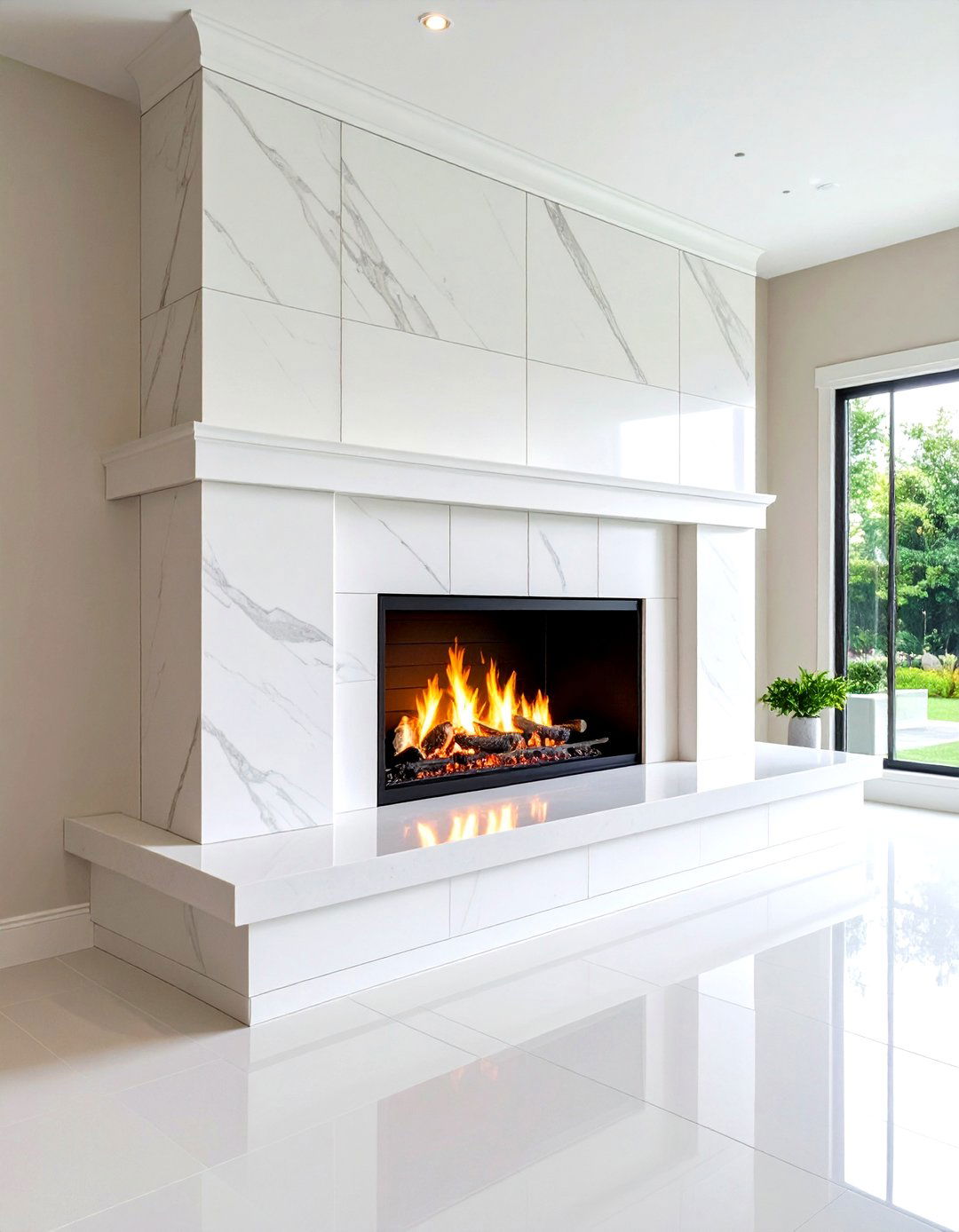
For a sleek, contemporary fireplace wall, clad the face in porcelain slabs up to 3 × 1.5 meters. Minimal grout joints reduce visual noise and echo the linear flame of modern gas inserts. Select tiles with subtle veining that mimics marble or concrete without natural-stone maintenance. Because large-format porcelain is lightweight and heat-stable, it can span wall-to-ceiling heights with hidden clips rather than heavy mortar. Finish the edge with a slim metal profile so the tile appears to float. Understated surfaces like these let sculptural furniture or bold art take center stage while the fire still commands attention.
6. Concrete Slab Modernity
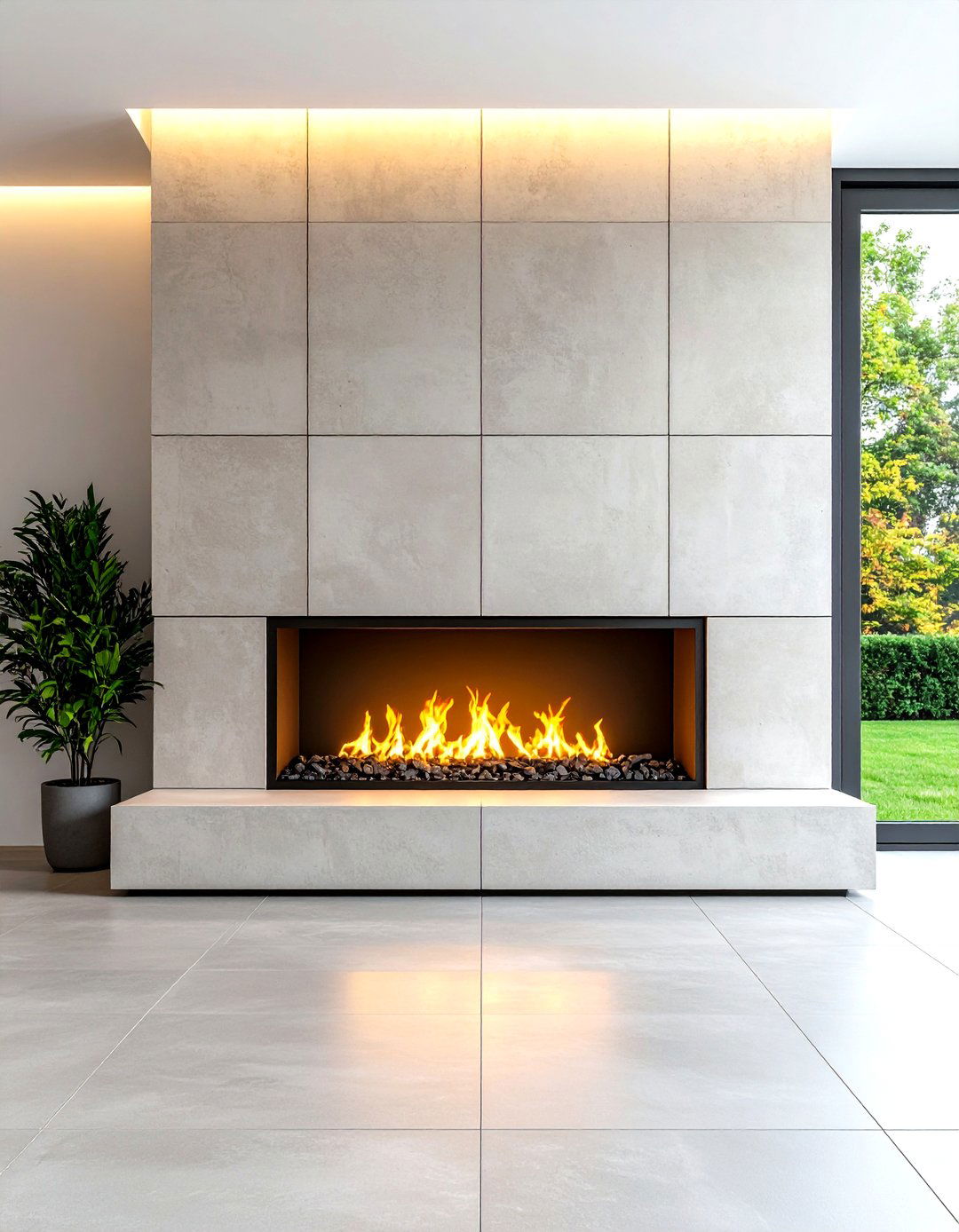
Cast-in-place or precast slabs create an industrial-cool fireplace wall that pairs beautifully with glass and steel. Form a shallow recess around the firebox so the hearth sits proud, then smooth the concrete to a velvety finish before sealing with matte wax. Pigments can warm up the gray—think taupe or soft clay—without losing the material’s honesty. For renters, lightweight fiber-cement panels screwed to studs achieve a similar effect. Because concrete holds heat, the wall radiates gentle warmth even after flames fade, upping energy efficiency alongside style.
7. Hand-Cut Tile Mosaic
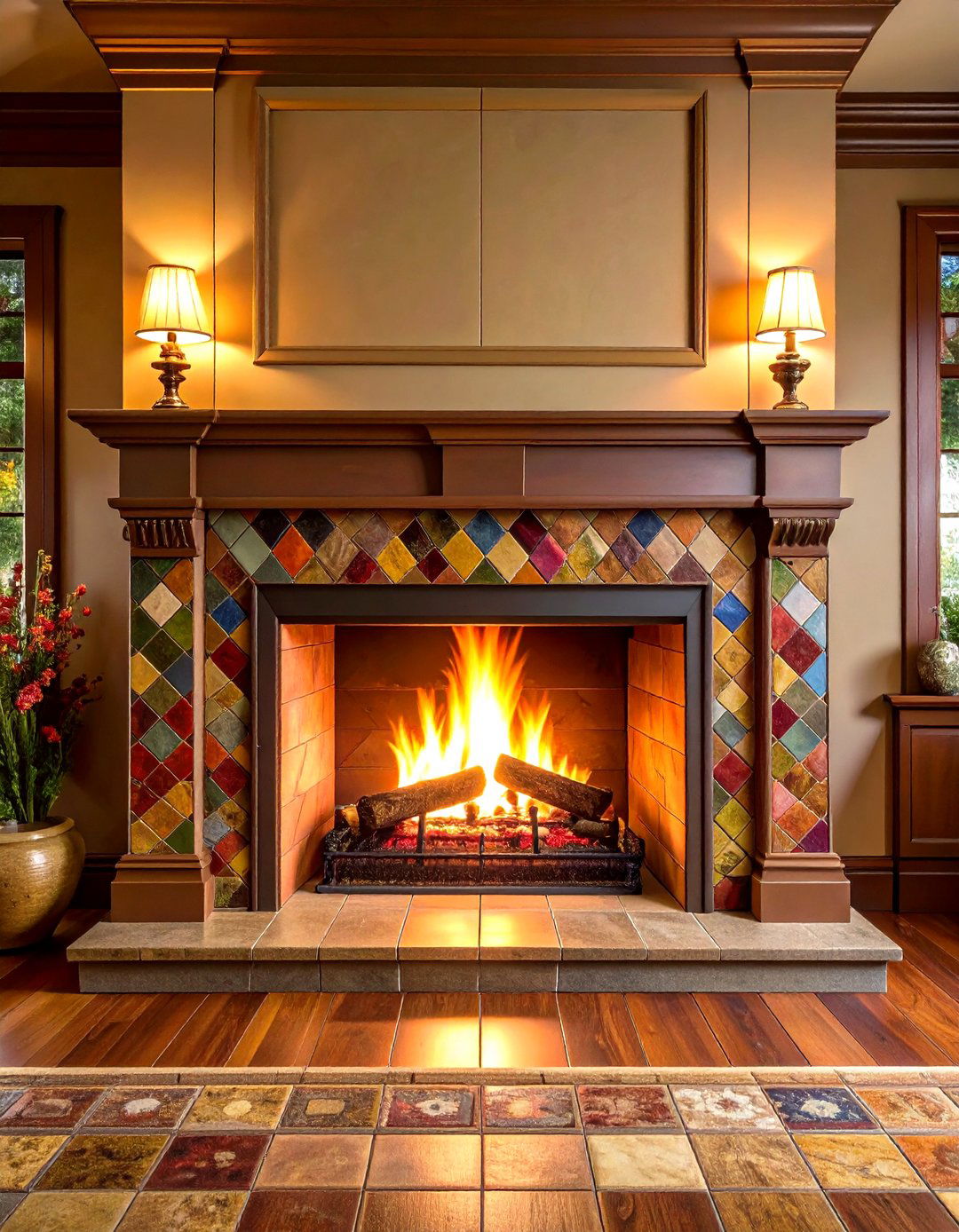
A fireplace wall clad in hand-cut ceramic or zellige tiles glows with artisanal irregularity. Choose a tonal palette—sage, cream, sand—then lay the pieces in a simple running bond so texture, not pattern, steals the show. Slightly reflective glazes flicker with firelight, creating a dynamic backdrop. Keep grout narrow and colored to match dominant tile hues for a more refined look; bigger contrast amplifies boho energy. Finish edges with bullnose tile or slim brass trim for longevity. While labor-intensive, a mosaic surround becomes a timeless conversation starter.
8. Reclaimed Wood Mantel on Smooth Plaster
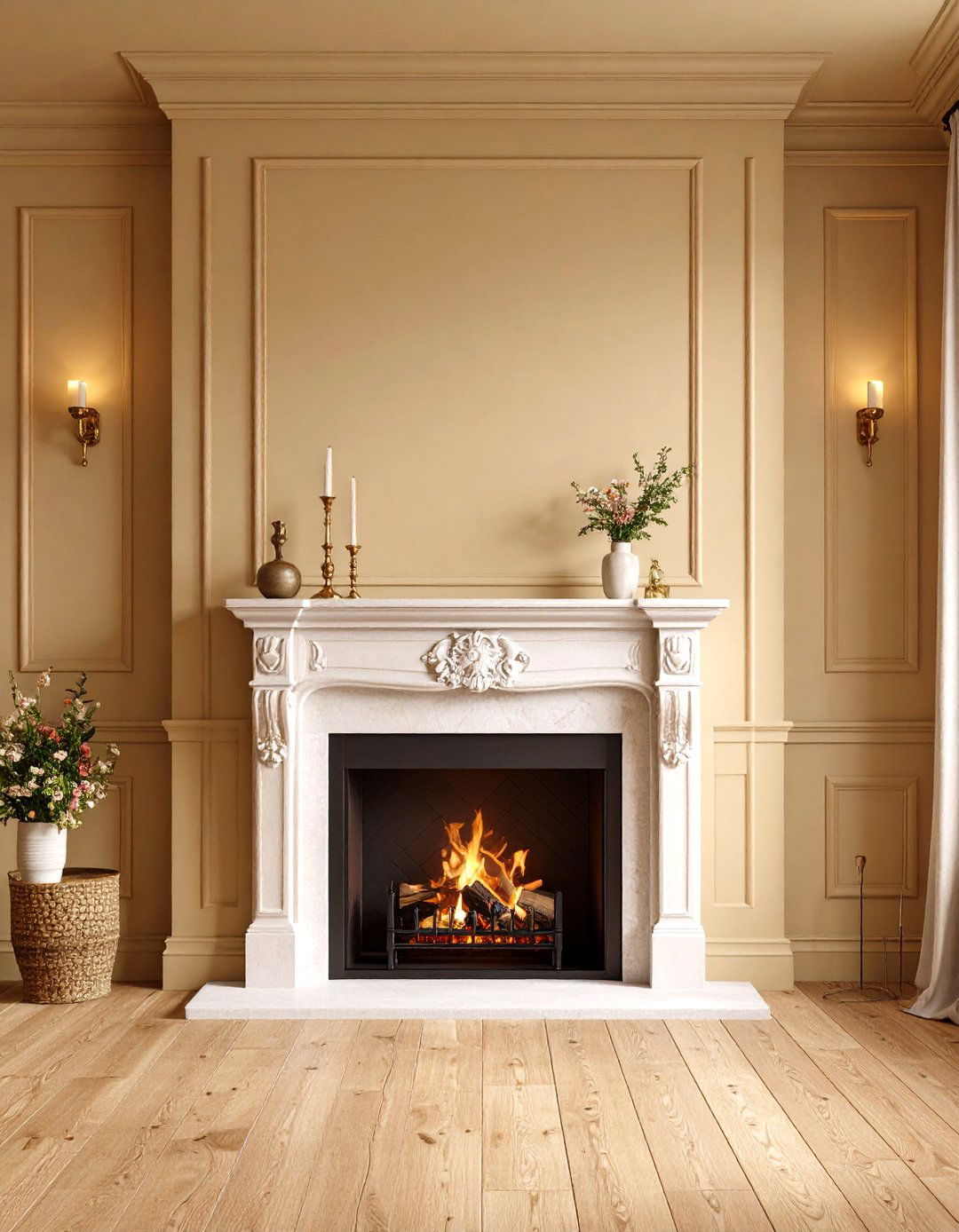
Pairing a sanded-smooth plaster fireplace wall with a roughhewn beam mantel hits the sweet spot between modern and rustic. Lime plaster gives subtle texture and micro-movement, especially when tinted with natural pigments like ochre or bone. The reclaimed timber beam—sourced from barn joists or railroad ties—brings history and warmth, its knots and nail holes contrasting the wall’s velvety surface. Mount the beam with hidden steel rods epoxied into drilled pockets for a floating effect. This combo suits eclectic interiors that mix new and old elements with ease.
9. Wallpaper Accent Above Mantel
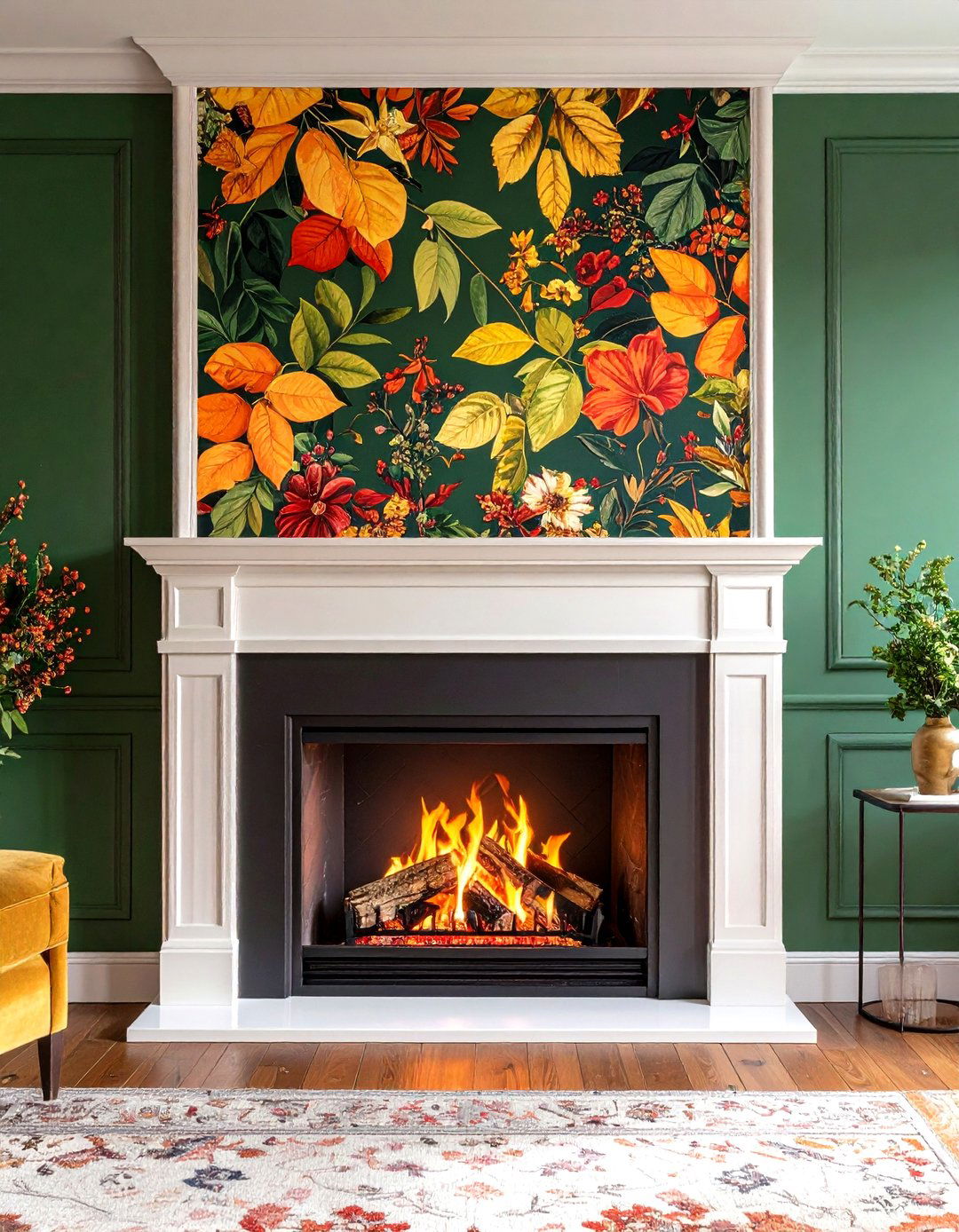
Heat-safe wallpaper lets you dress only the upper portion of a fireplace wall for quick impact and minimal cost. Engineered vinyl or fiberglass papers resist temperature swings and wipe clean. Choose a bold botanical or geometric print that harmonizes with sofa cushions and rugs, framing it with simple picture-frame molding painted to match trim. Because flames sit lower, most adhesives stay stable; just keep patterns at least eight inches above the firebox opening. When trends shift, stripping and re-papering the limited area is fast, making this idea renter-friendly too.
10. Two-Tone Paint Contrast

Create architectural drama by painting the lower third of the fireplace wall in a deep, saturated color—navy, charcoal, forest—while the upper portion stays light. Mask a crisp horizontal line just above the mantel or at picture-rail height; the darker base grounds seating arrangements and makes bright flames pop. Use eggshell or satin finishes that withstand occasional smoke marks and wipe clean. If your surround is brick or stone, the contrasting paint sharpens its outline, turning existing texture into a design asset without new materials.
11. Faux Fireplace with LED Ambiance

Not every room can vent a chimney, but a faux-build fireplace wall still offers charm. Construct a shallow MDF box, line the “firebox” with heat-proof black tile, and install remote-controlled LED logs that mimic embers. Surround the opening with molding or tile to match your style, then paint the wall color throughout so the feature reads as permanent architecture. A battery-operated flame effect adds flicker without heat, keeping apartments cool yet cozy. Style the mantel with candles and art to complete the illusion.
12. Media-Integrated Feature Wall

Blending a flat-panel TV into the fireplace wall prevents tech from overpowering décor. Frame the firebox and television inside a single surround, spacing units vertically for safe clearance. Finish the entire wall in flush panels—stone, shiplap, or lacquered MDF—so screens recede when off. Conceal wiring behind removable access panels, and add a Bluetooth soundbar tucked into a mantel shelf. The result is a multifunctional hub where family movie nights and fireside chats coexist without competing focal points.
13. Floating Bench Hearth
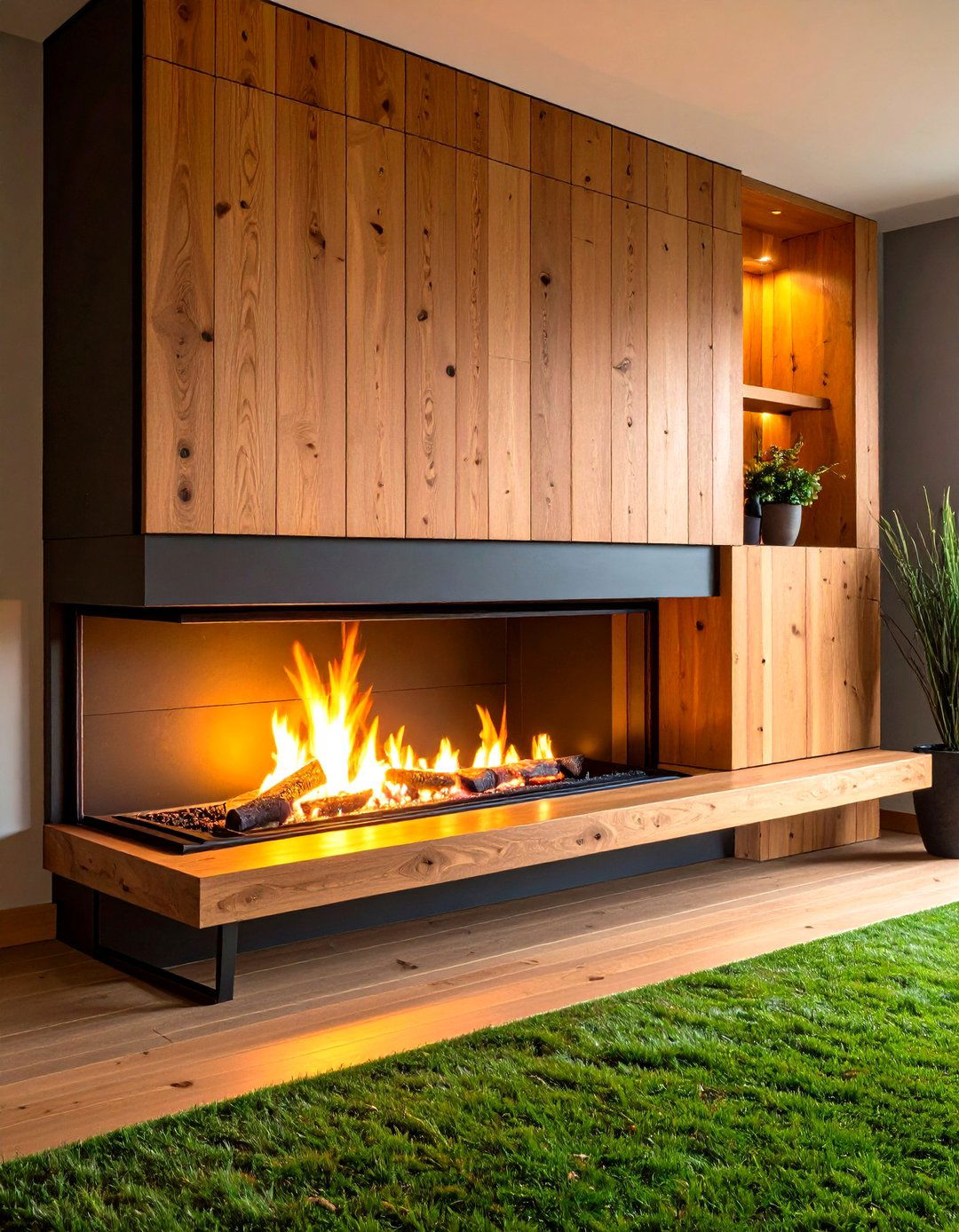
Extend the fireplace wall’s base with a cantilevered concrete or wood bench that doubles as casual seating and wood storage. Undermount steel brackets hidden behind cladding bear the load while leaving floor space clear for rugs. Running the bench the full width of the wall visually widens small rooms and offers a handy perch to warm feet or display oversized pottery. Seal wood benches with heat-resistant oil; for concrete, apply a penetrating sealer to prevent soot staining.
14. Double-Sided Divider

In open-concept layouts, a double-sided fireplace wall divides zones while sharing warmth and light. Frame a see-through firebox within a slender chimney chase clad in the same finish on both sides—smooth stone, stucco, or steel—so the wall feels sculptural. Furniture can orient toward either flame, enhancing flexibility for dining and lounging areas. Ensure adequate makeup air and follow manufacturer venting specs, especially when running floor-to-ceiling glass to keep sightlines open.
15. Arched Recess Classicism
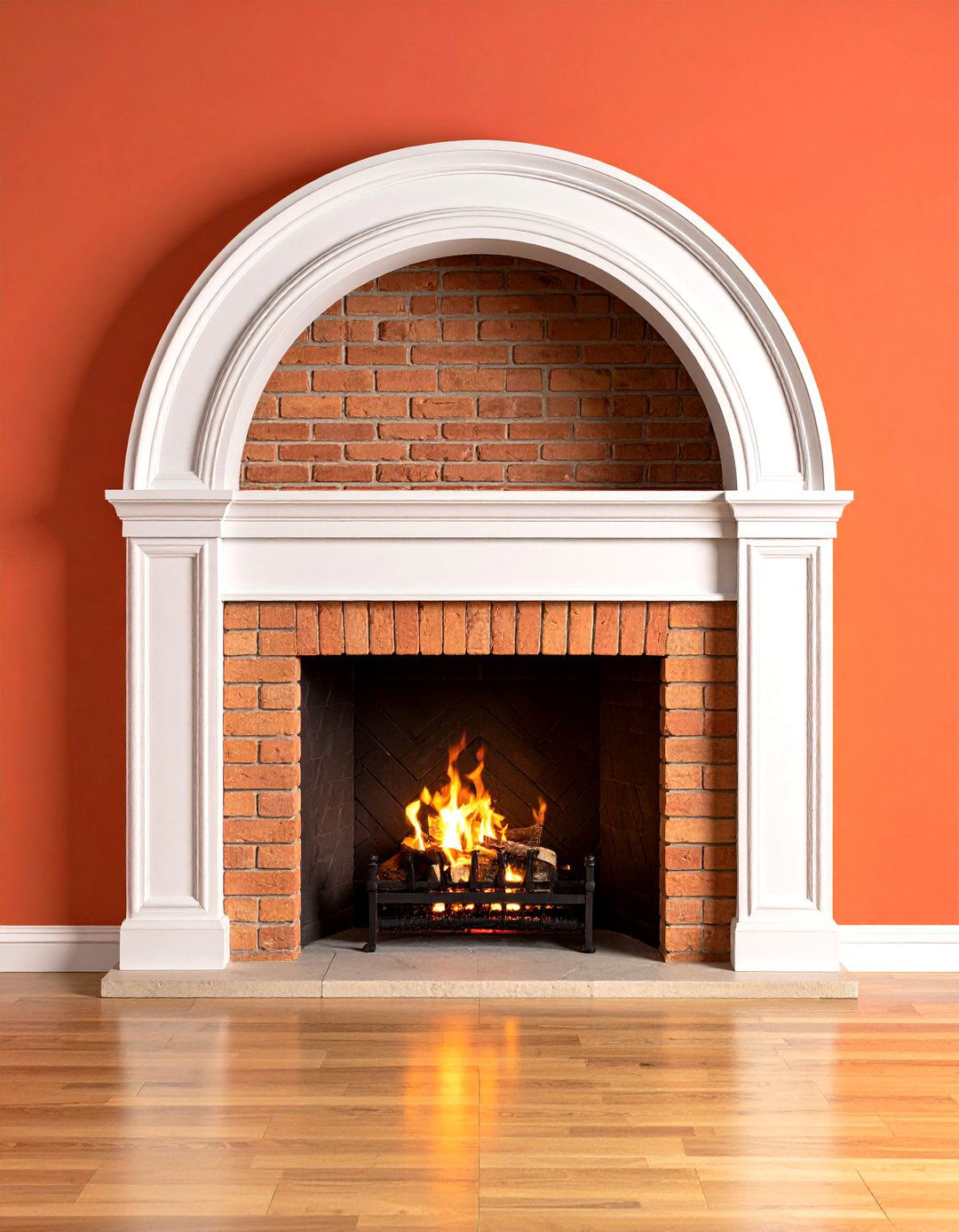
An arched niche carved into the fireplace wall nods to Old-World masonry yet fits updated interiors. Use lightweight EPS foam molds skim-coated in plaster or tile to craft the curve without heavy stone lintels. Center the firebox under the arch and install simple keystone trim for subtle emphasis. Paint everything one color so shadows, not contrasts, reveal the shape. Decorative brick herringbone laid inside the firebox echoes the arch overhead, adding handcrafted detail without busting budgets.
16. Metal-Clad Industrial Vibe
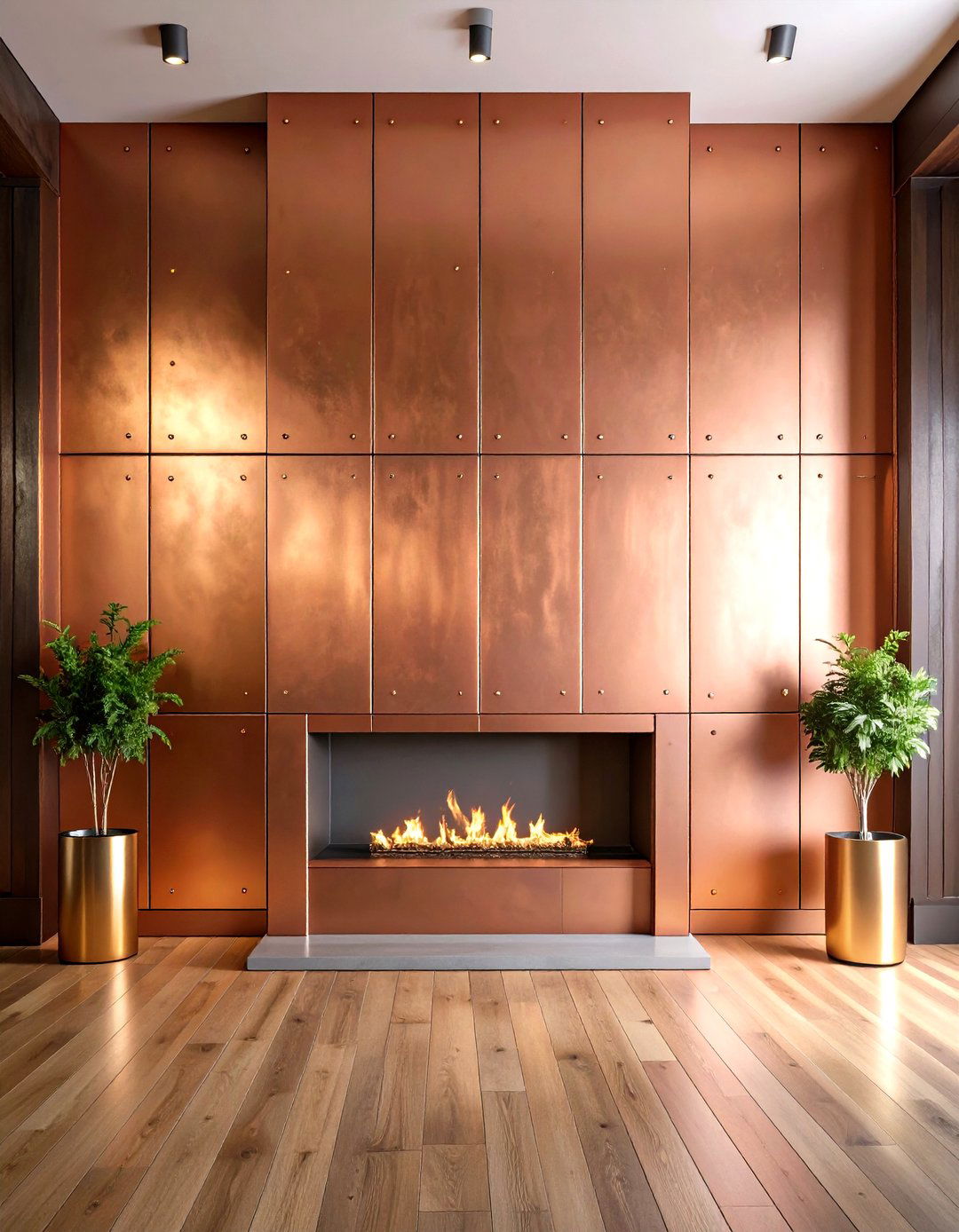
Sheet steel or patinated copper panels yield a bold, loft-inspired fireplace wall. Attach thin-gauge metal with countersunk screws into furring strips, leaving a tiny reveal so panels expand safely with heat. A blackened-steel finish absorbs light, making orange flames feel even more luminous, while brushed copper warms Scandinavian palettes. Clear matte sealers prevent fingerprints without adding gloss. Pair this hardworking surface with leather sofas and concrete floors for authentic industrial character.
17. Nature-Blended Stone and Timber
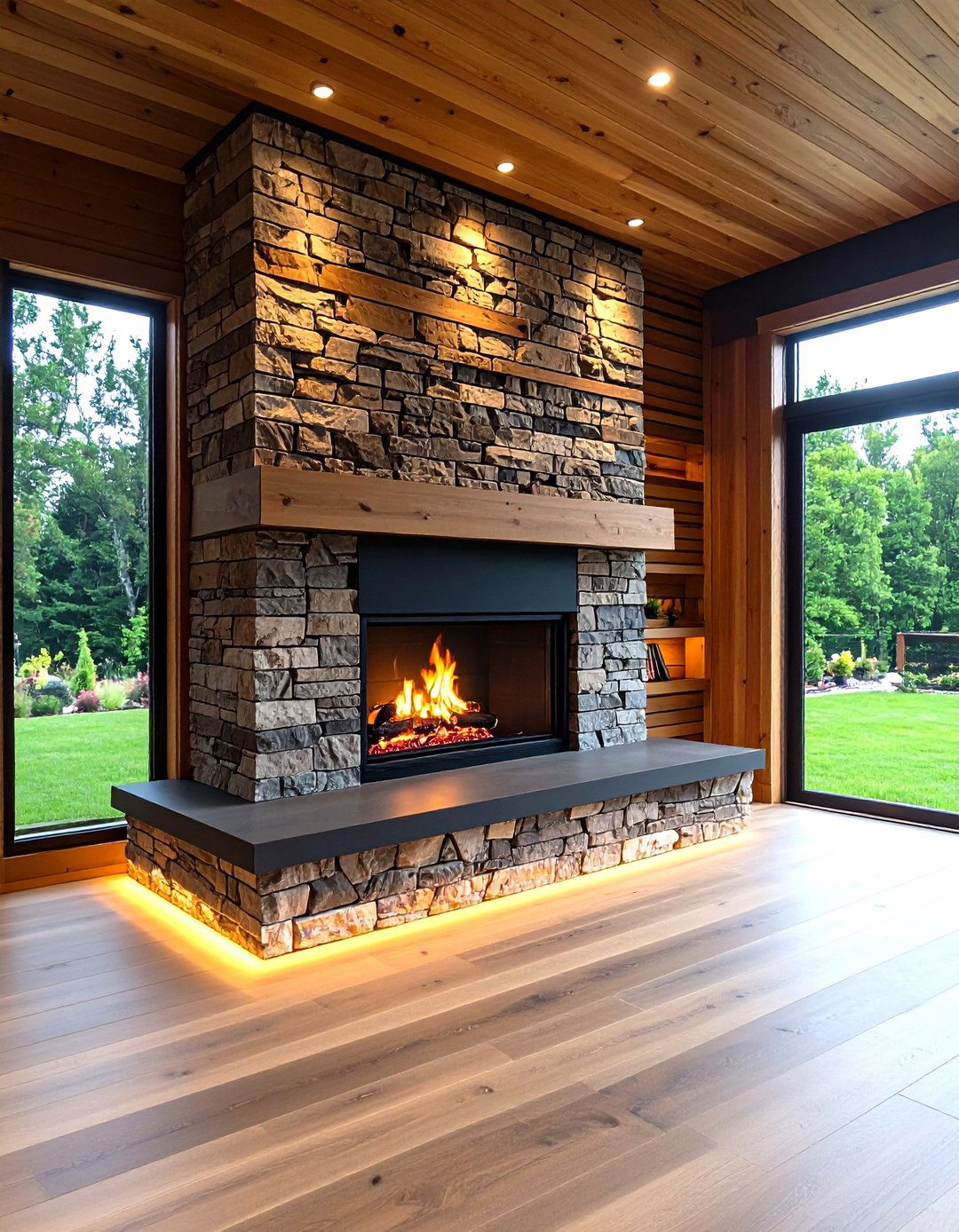
Marry cabin warmth with modern precision by alternating stacked stone bands and horizontal cedar slats across the fireplace wall. Use beveled cedar decking treated with fire-retardant clear coat, spacing slats to echo mortar gaps in adjacent stone courses. This layered facade brings the outdoors in, bridges rustic and contemporary furnishings, and hides expansion joints within pattern transitions. Uplights at the floor graze both textures, unifying the composition after sunset.
18. Modular Alcove Storage
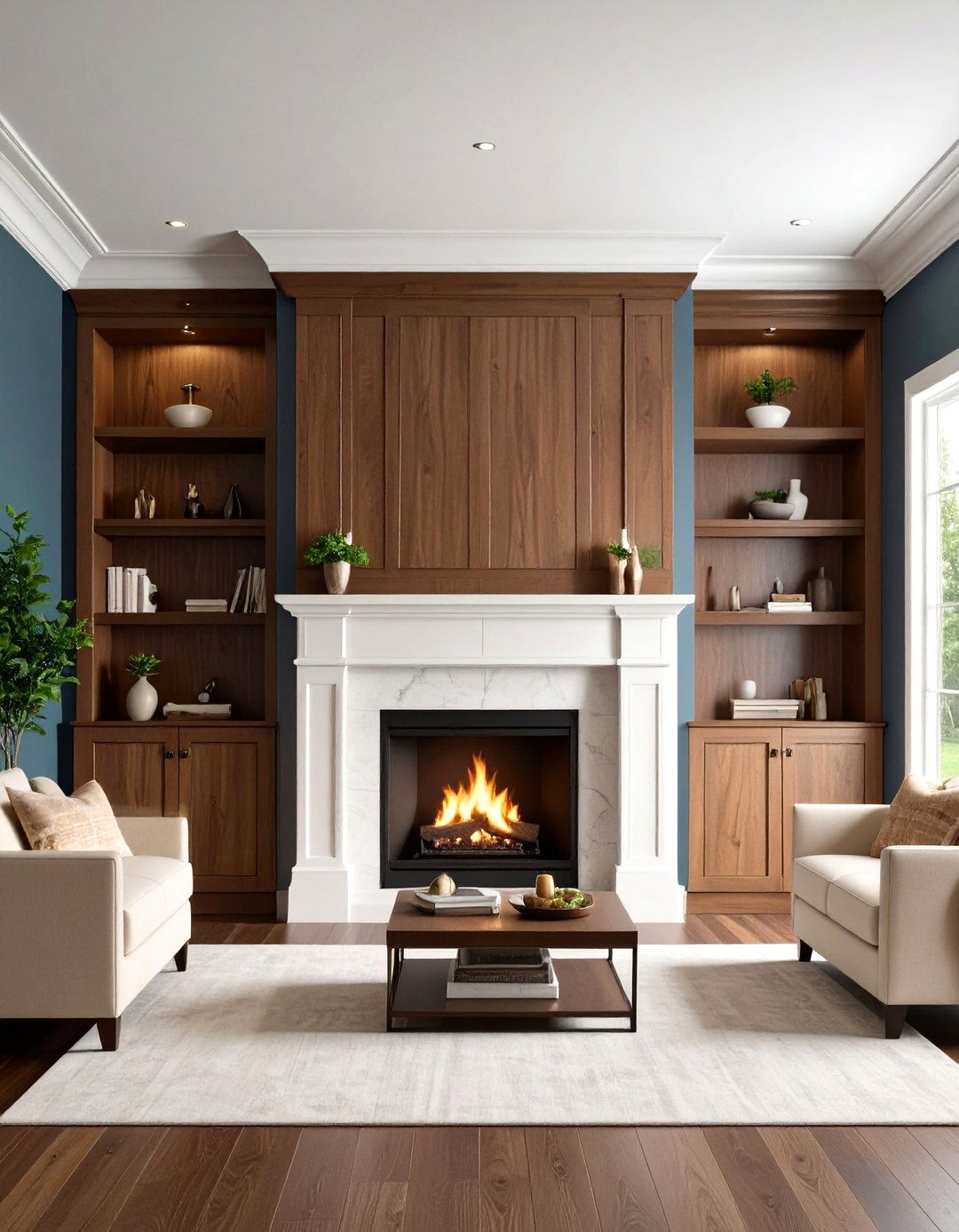
Prefabricated cabinet carcasses, trimmed to ceiling height, quickly build symmetrical alcoves around a central fireplace wall. Fit adjustable shelves for books and board games, and add shaker-style doors below to conceal media gear. Painting cabinetry the same tone as the wall makes niches feel carved from solid mass, while a contrasting back panel—walnut veneer or patterned grasscloth—adds depth behind displayed objects. Crown molding across the whole span ties units together for a polished, built-in look.
19. Matte Black and Brass Drama

Coating the entire fireplace wall in heat-resistant matte black paint sets a theatrical backdrop for flickering flames. Introduce slim brass accents—knife-edge trim around the firebox, sconce arms, or picture-frame molding—to catch glints of light and elevate the monochrome palette. Because black can visually shrink spaces, balance it with pale floors and light furnishings. The deep hue hides soot, while the brass details age gracefully, enriching the wall’s patina over time.
20. Frameless Glass Vertical Fire Feature
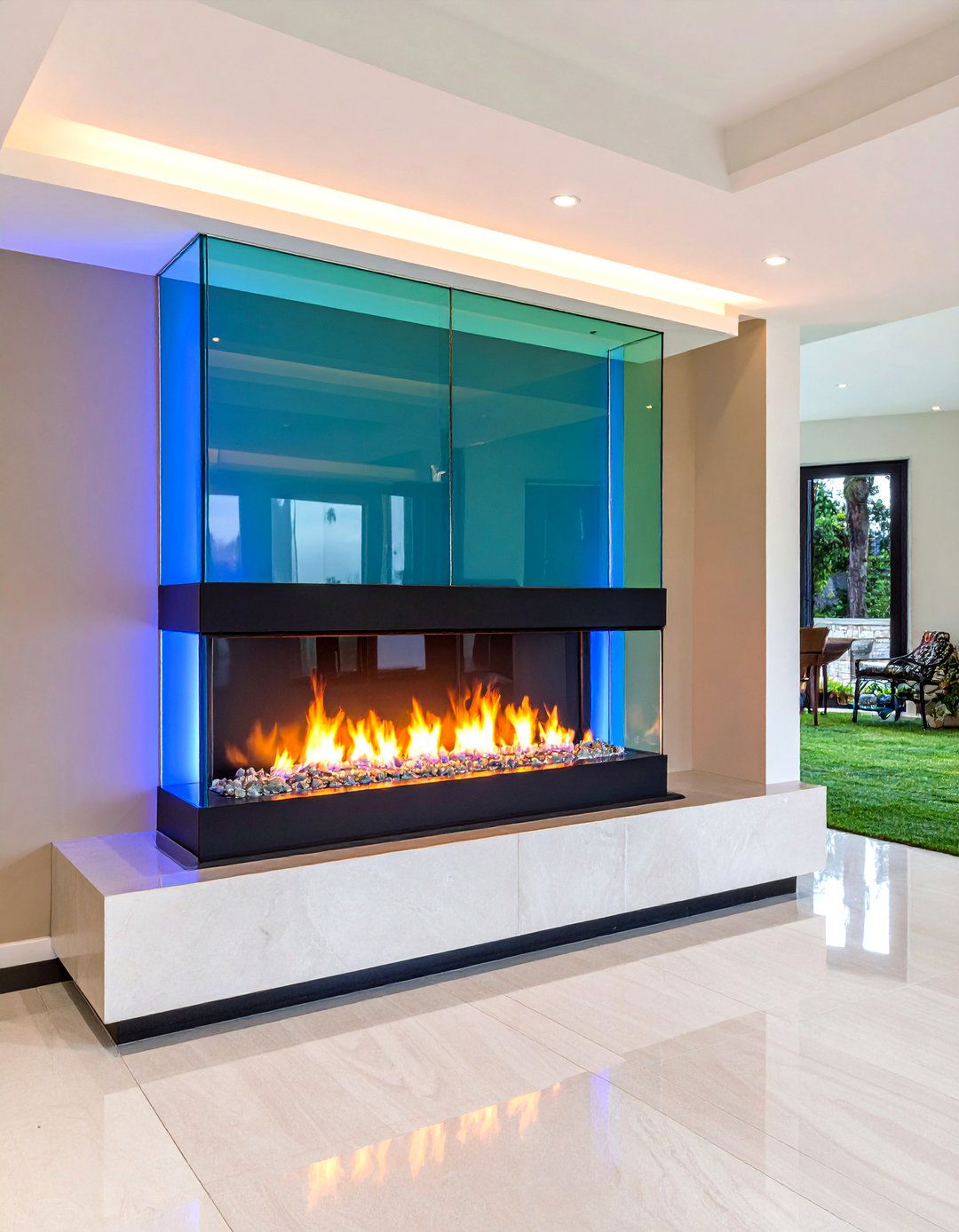
For the ultimate contemporary statement, install a tall, ribbon-style burner behind heat-proof ceramic glass that spans nearly the full height of the fireplace wall. Without a mantel or frame, flames appear to hover in midair, reflecting softly on surrounding surfaces. Clad the wall in large porcelain slabs or stucco for a seamless column. Integrated LED strips along side reveals lend ambient glow when the fire is off, so the feature wall still feels alive year-round. Ensure proper ceiling clearances and a dedicated vent or balanced-flue system to handle the higher BTUs such designs demand.
Conclusion:
Thoughtful fireplace wall design turns a simple heat source into the room’s emotional anchor, blending function, storage, and artful surface treatments. From stone veneer drama and painted-brick refreshes to industrial metal cladding or frameless glass towers, each idea above delivers a specific mood while respecting safety and budget realities. By choosing materials that complement your architecture, scaling features to ceiling height, and integrating lighting or alcoves strategically, your new fireplace wall can elevate everyday moments—morning coffee, family movie night, quiet reading—into experiences warmed by both flame and design finesse.


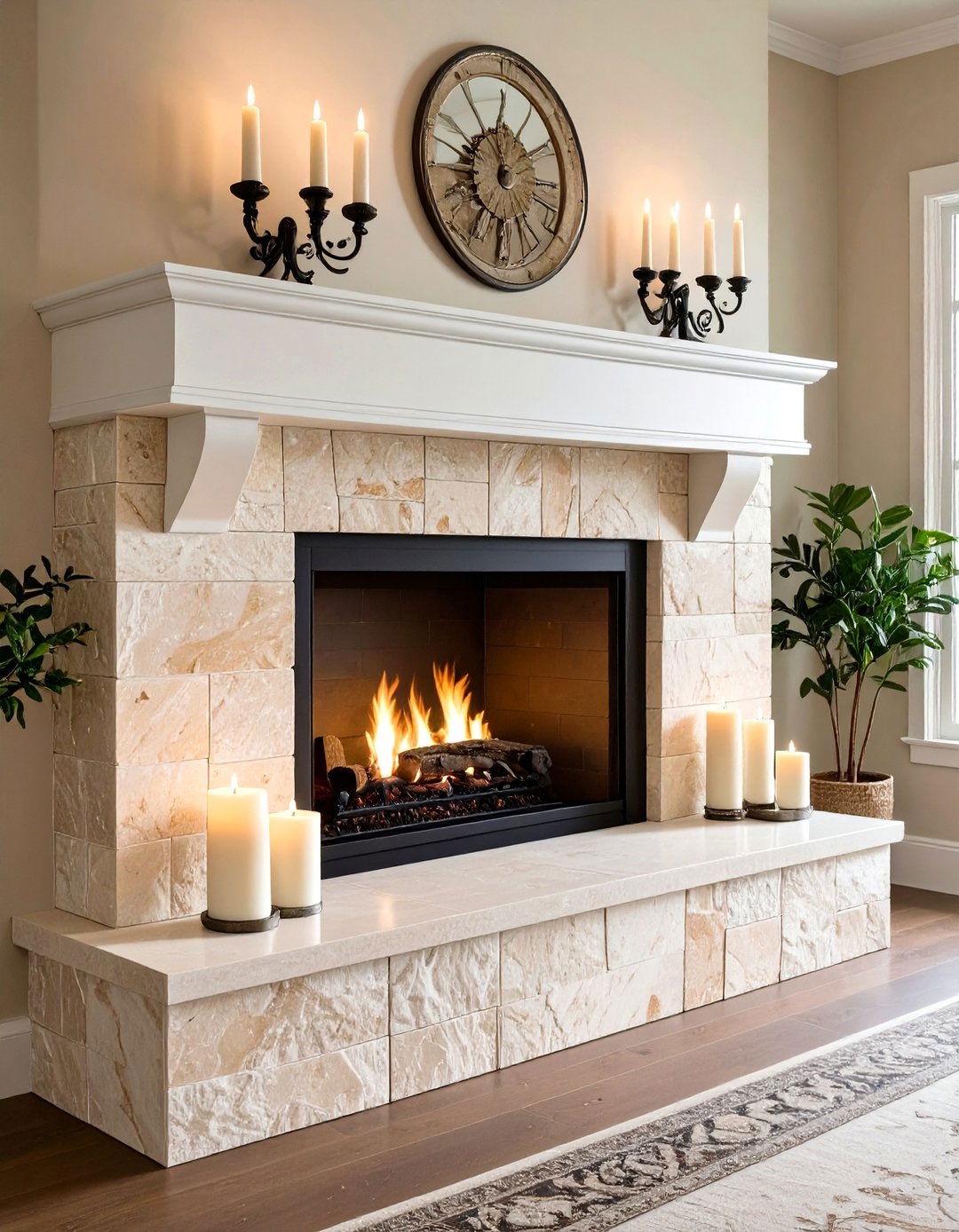
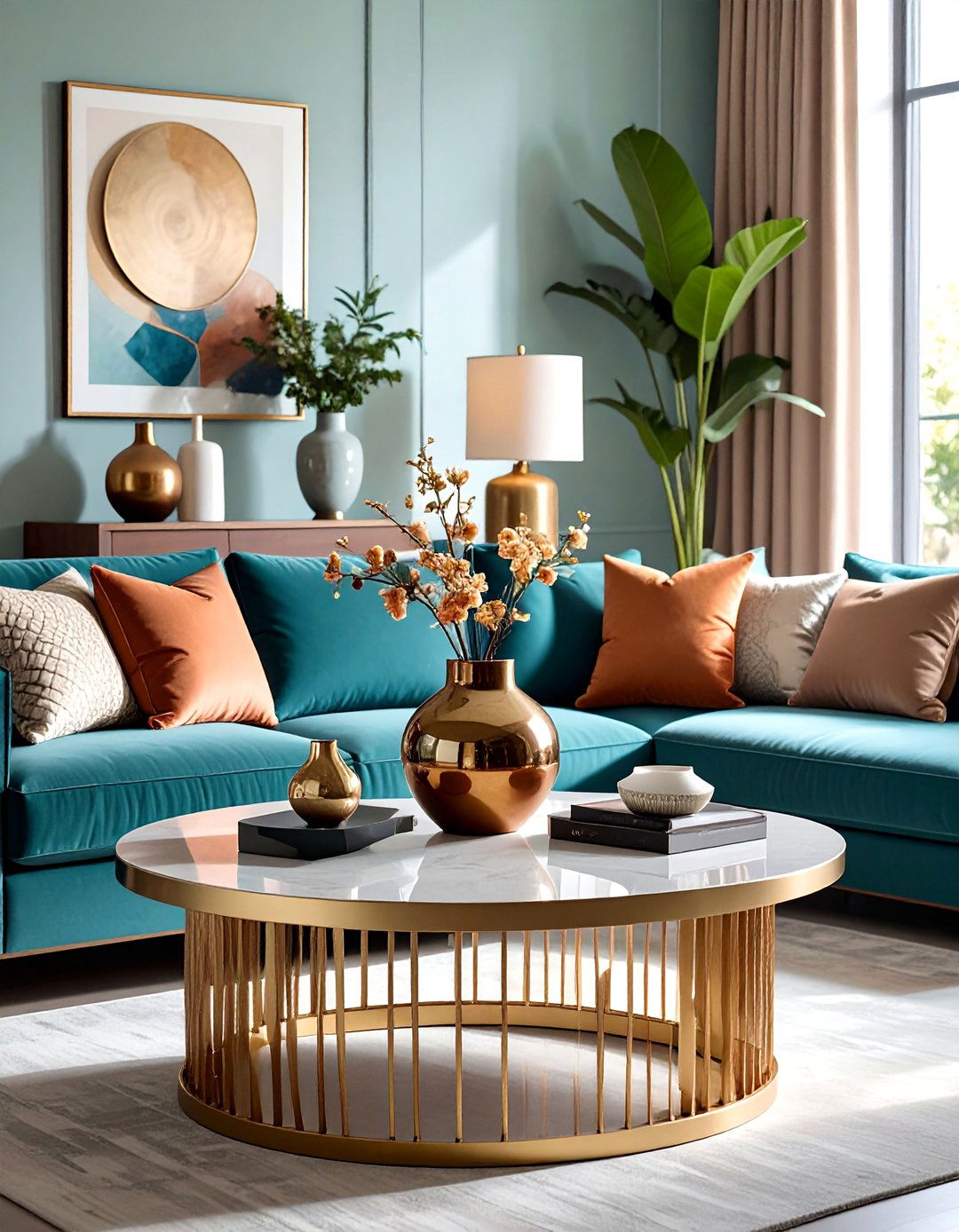
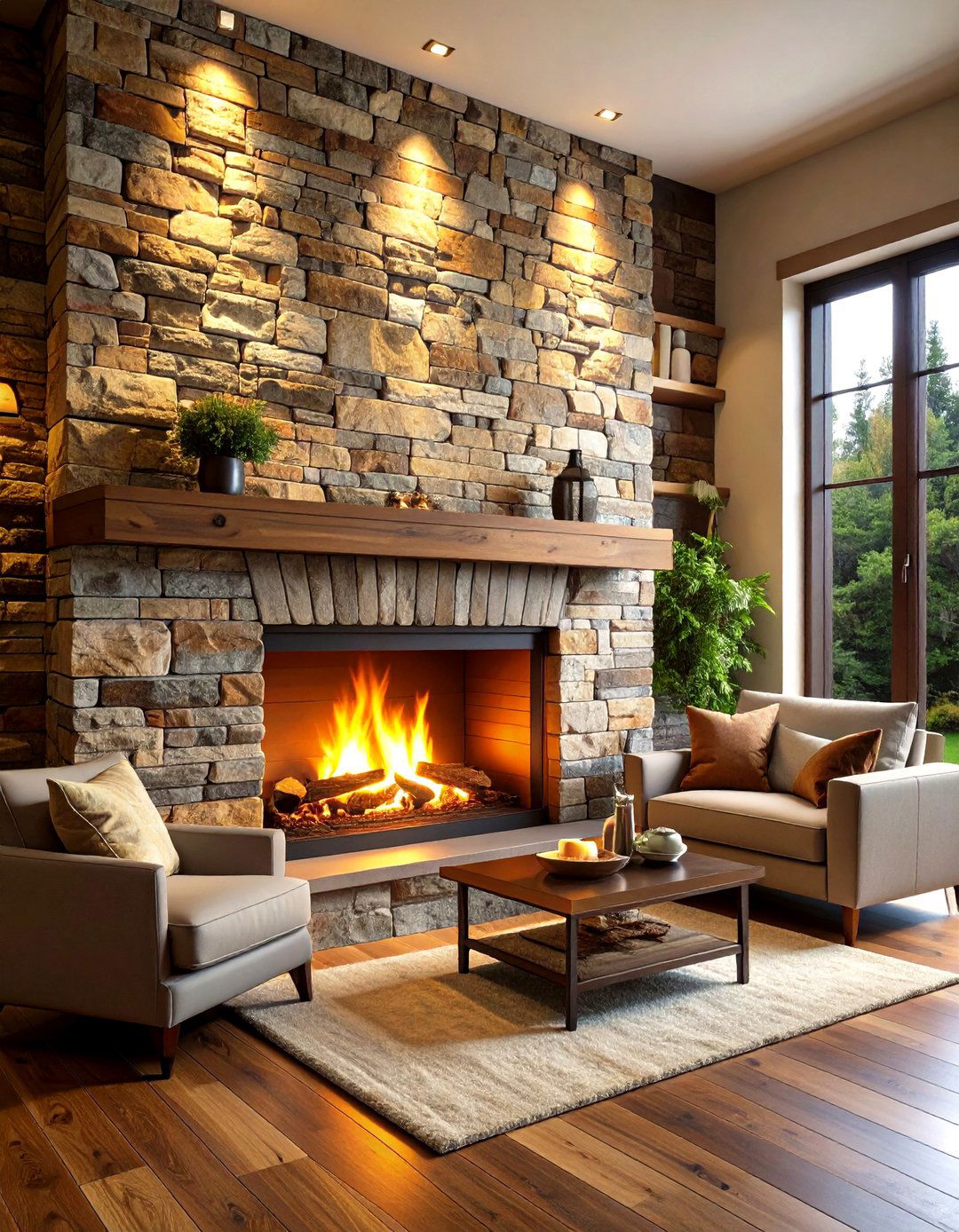

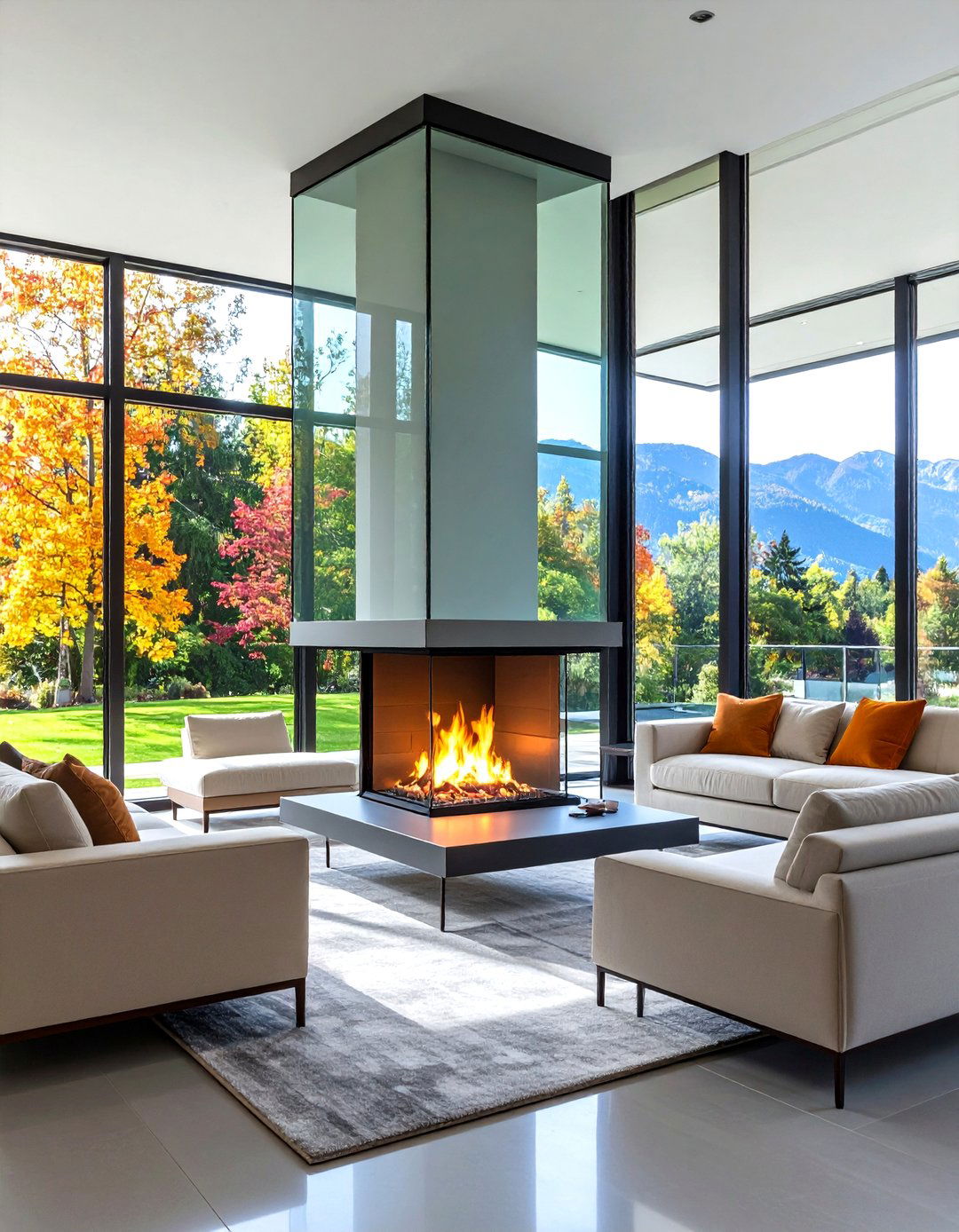
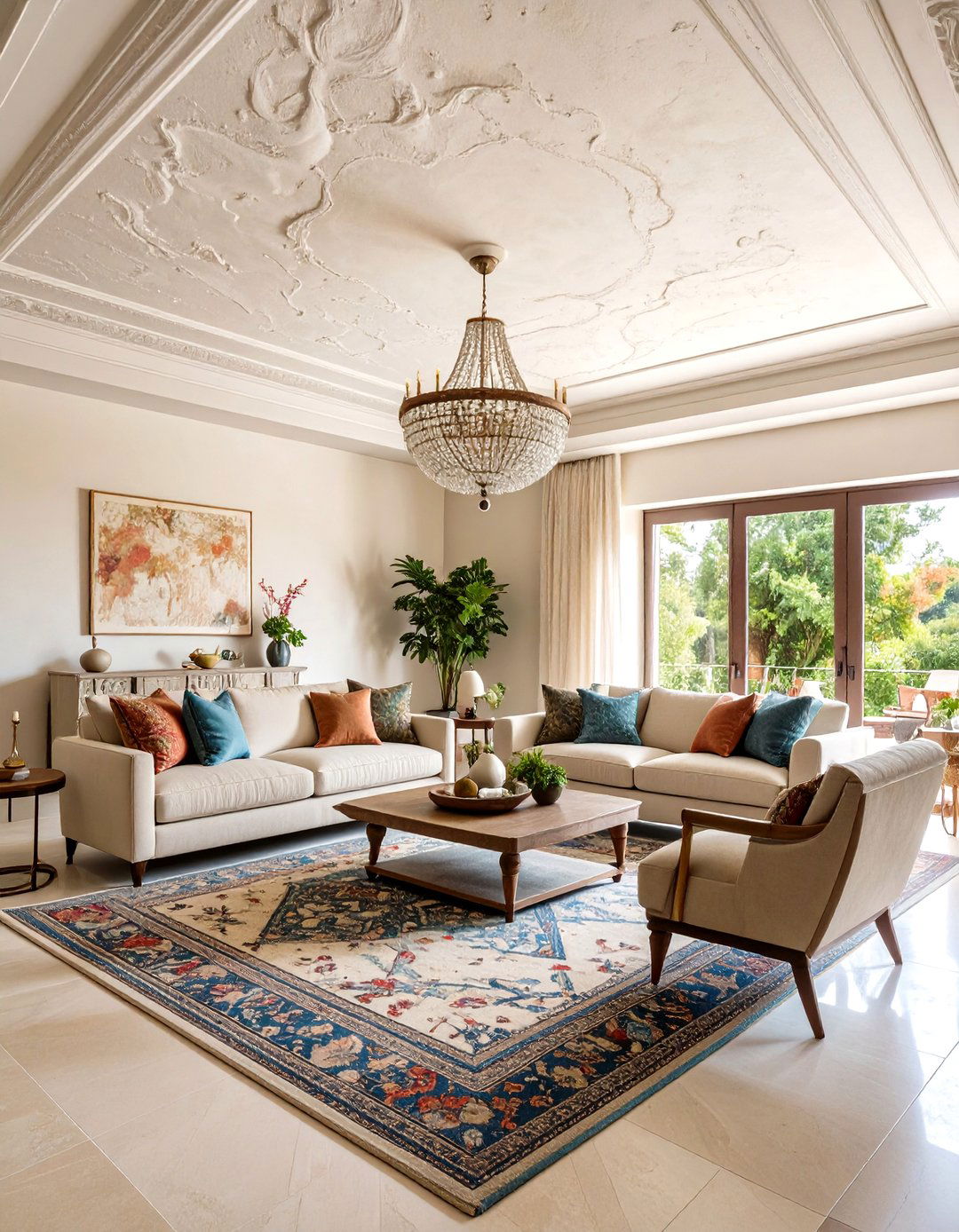

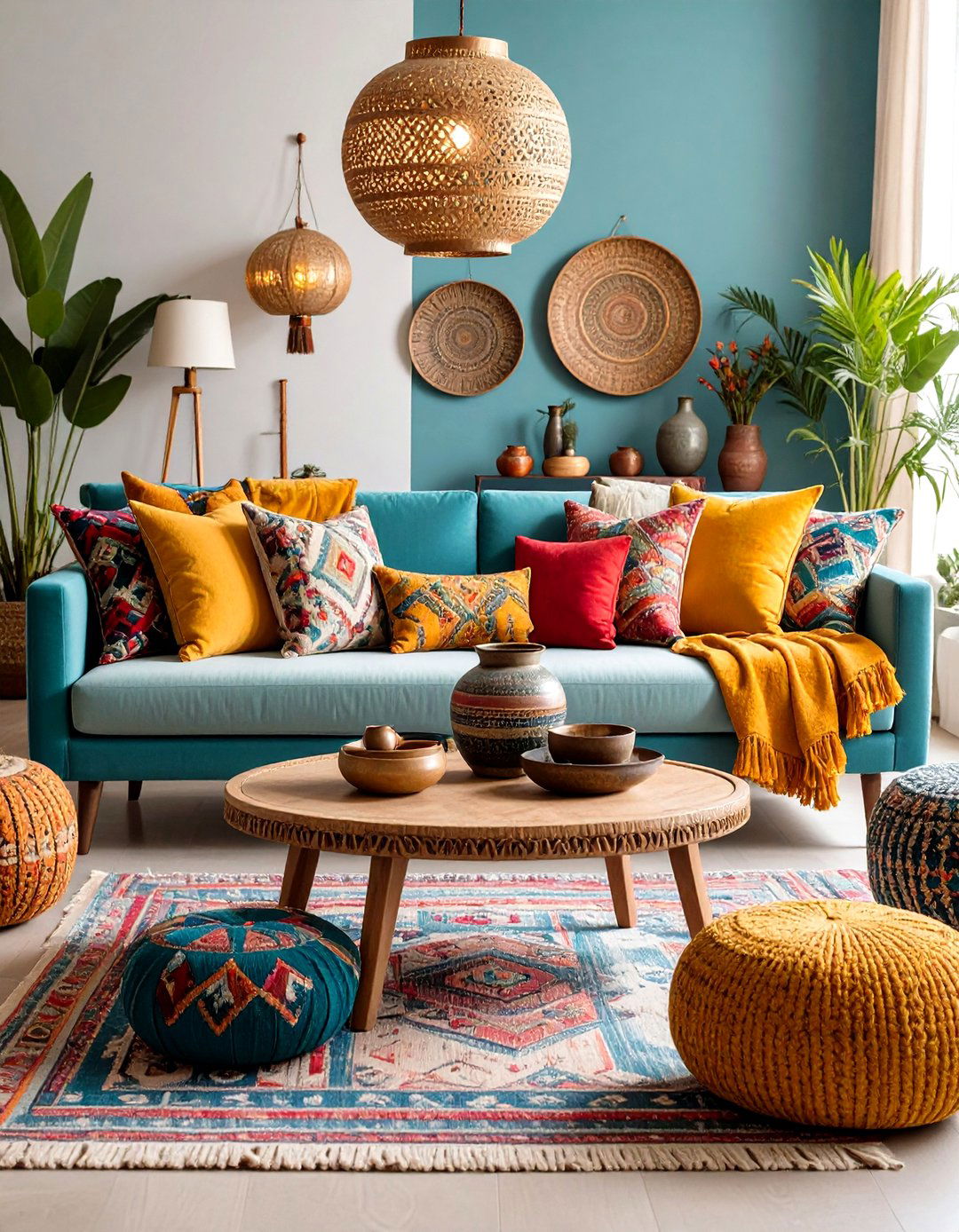
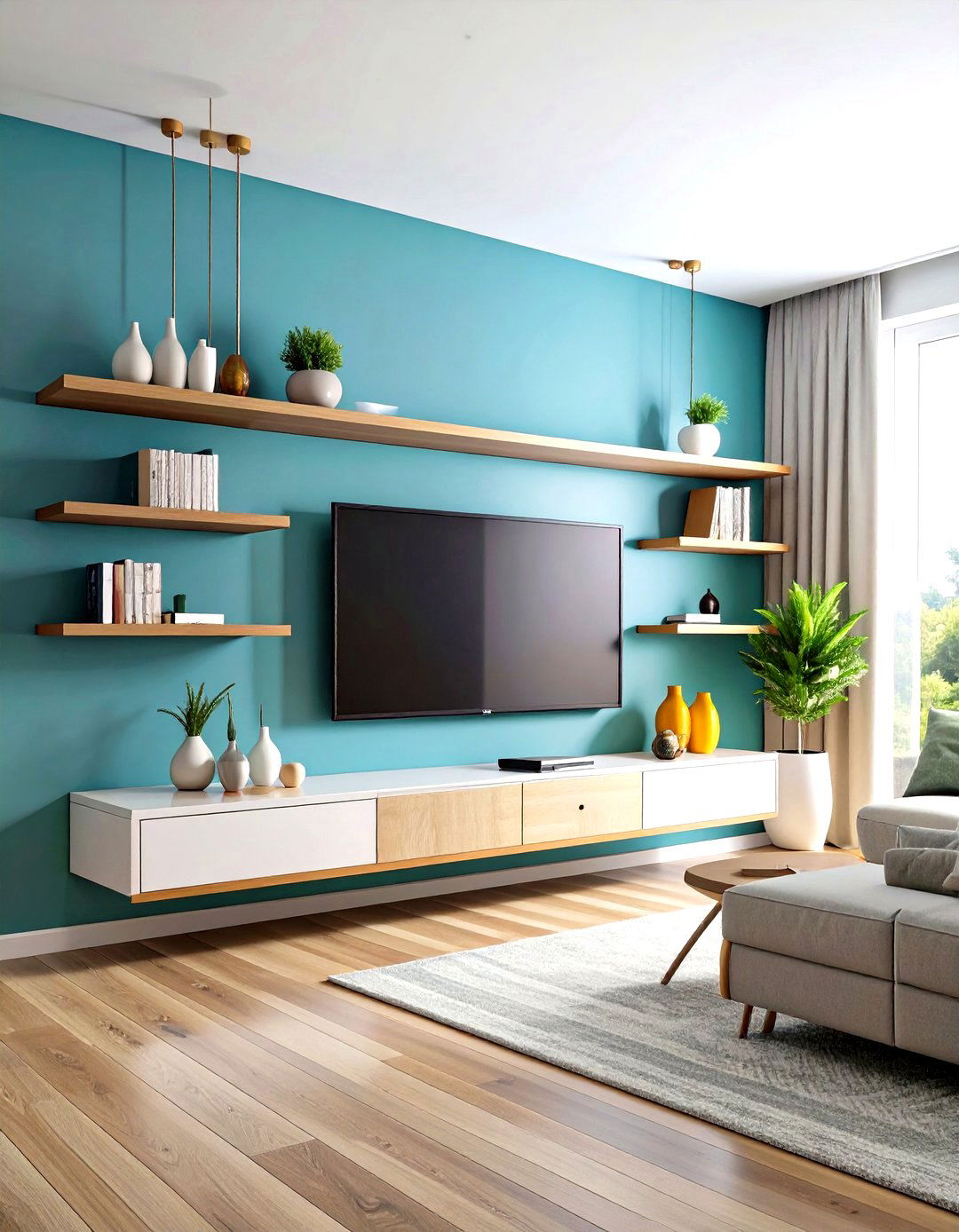
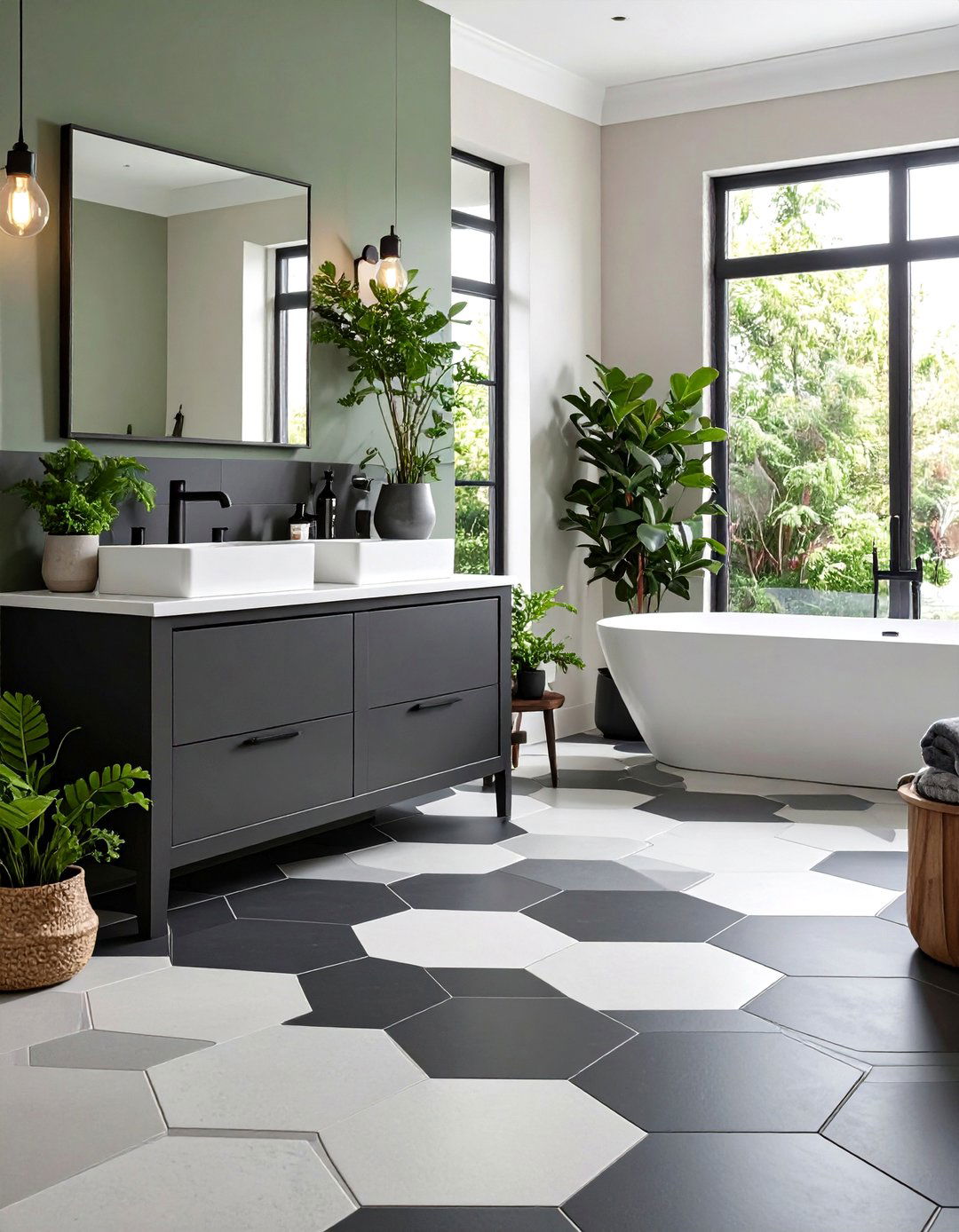
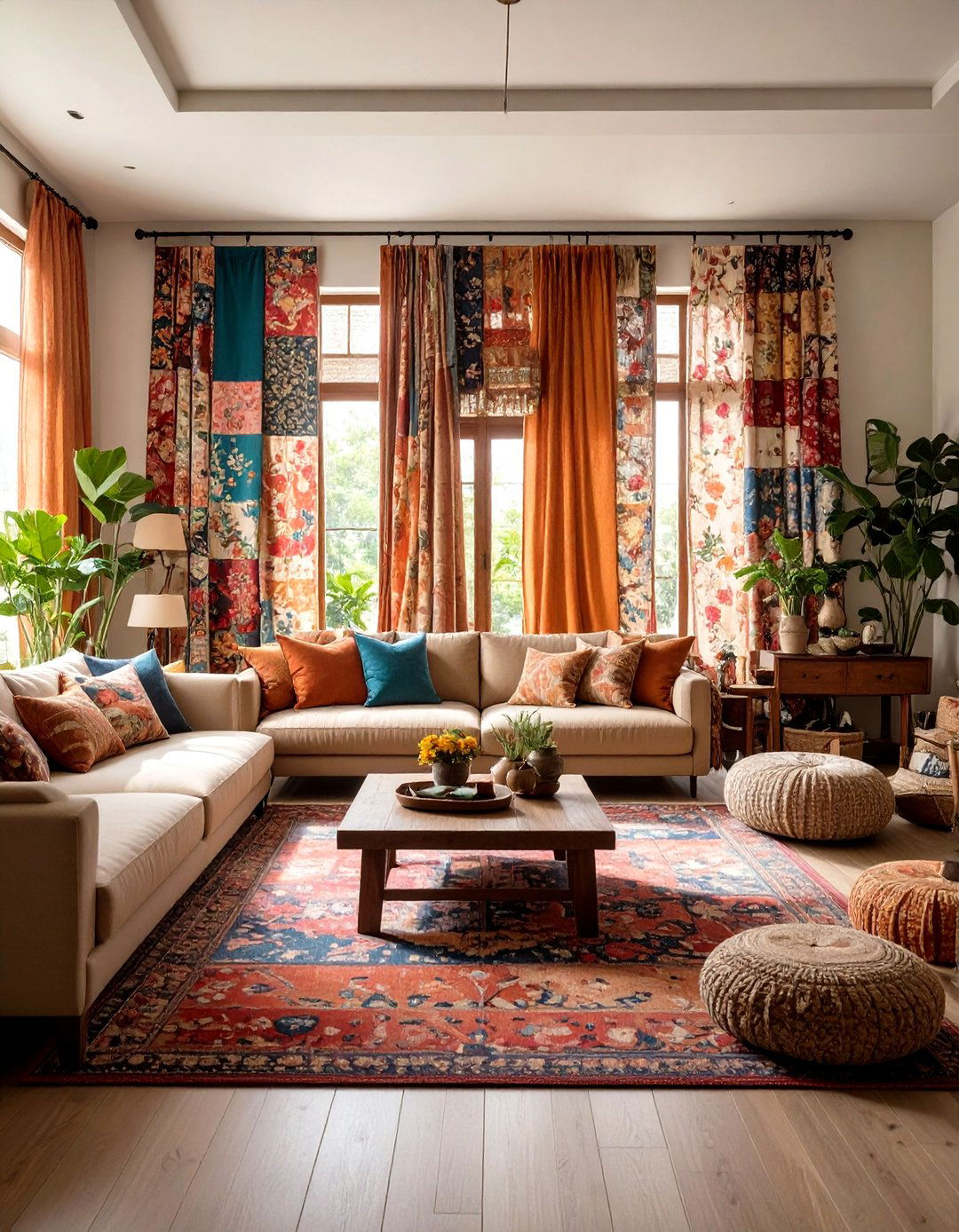
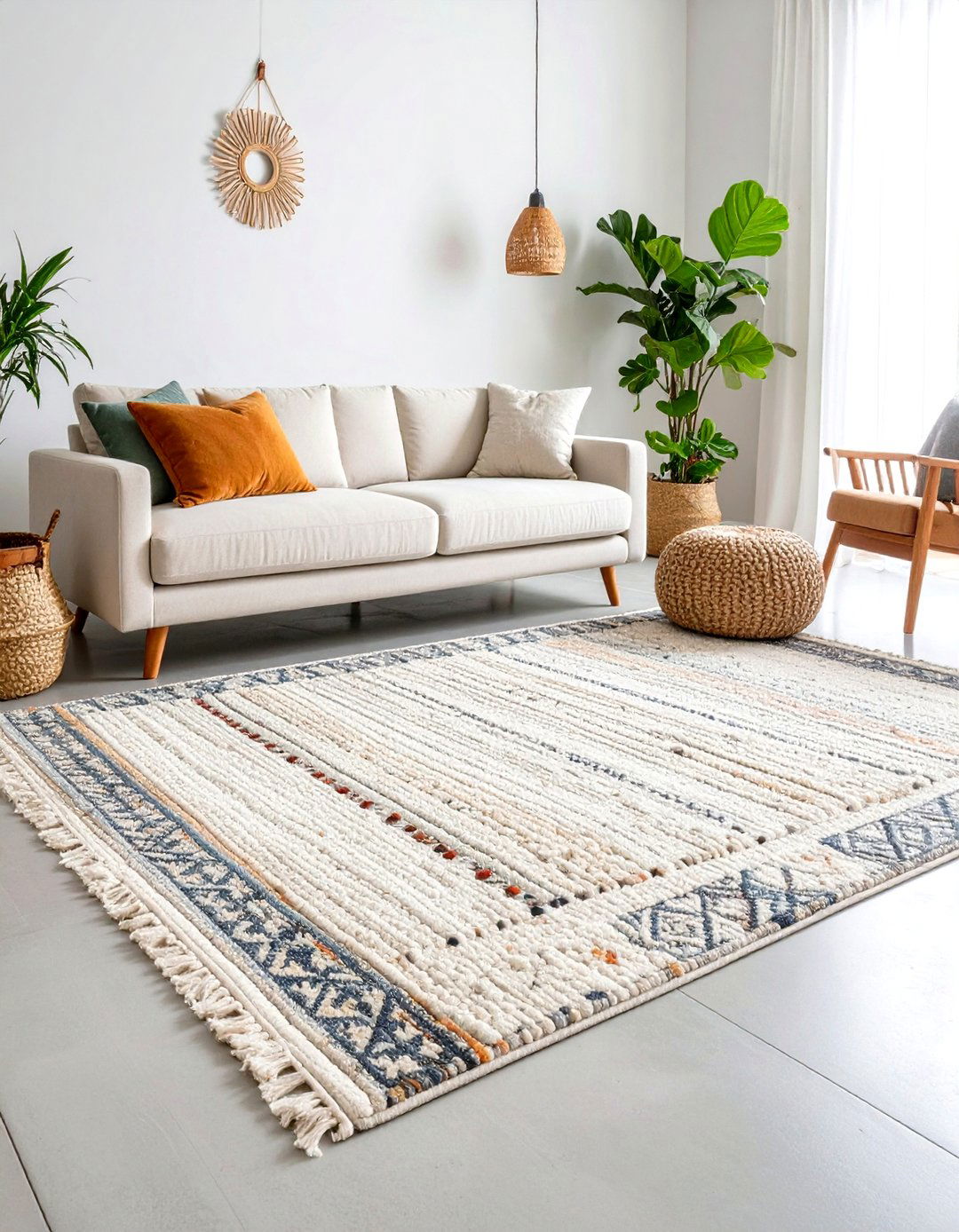
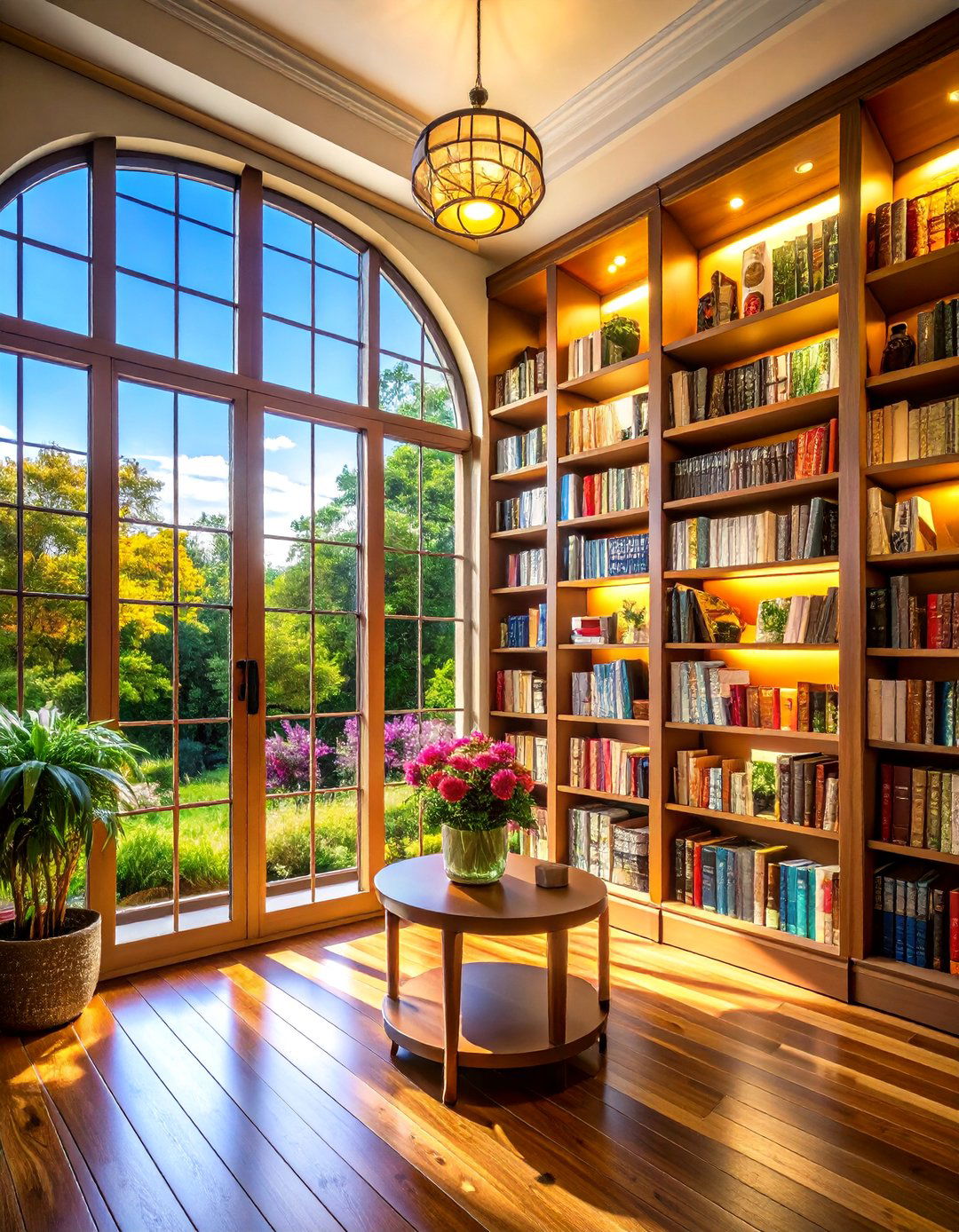
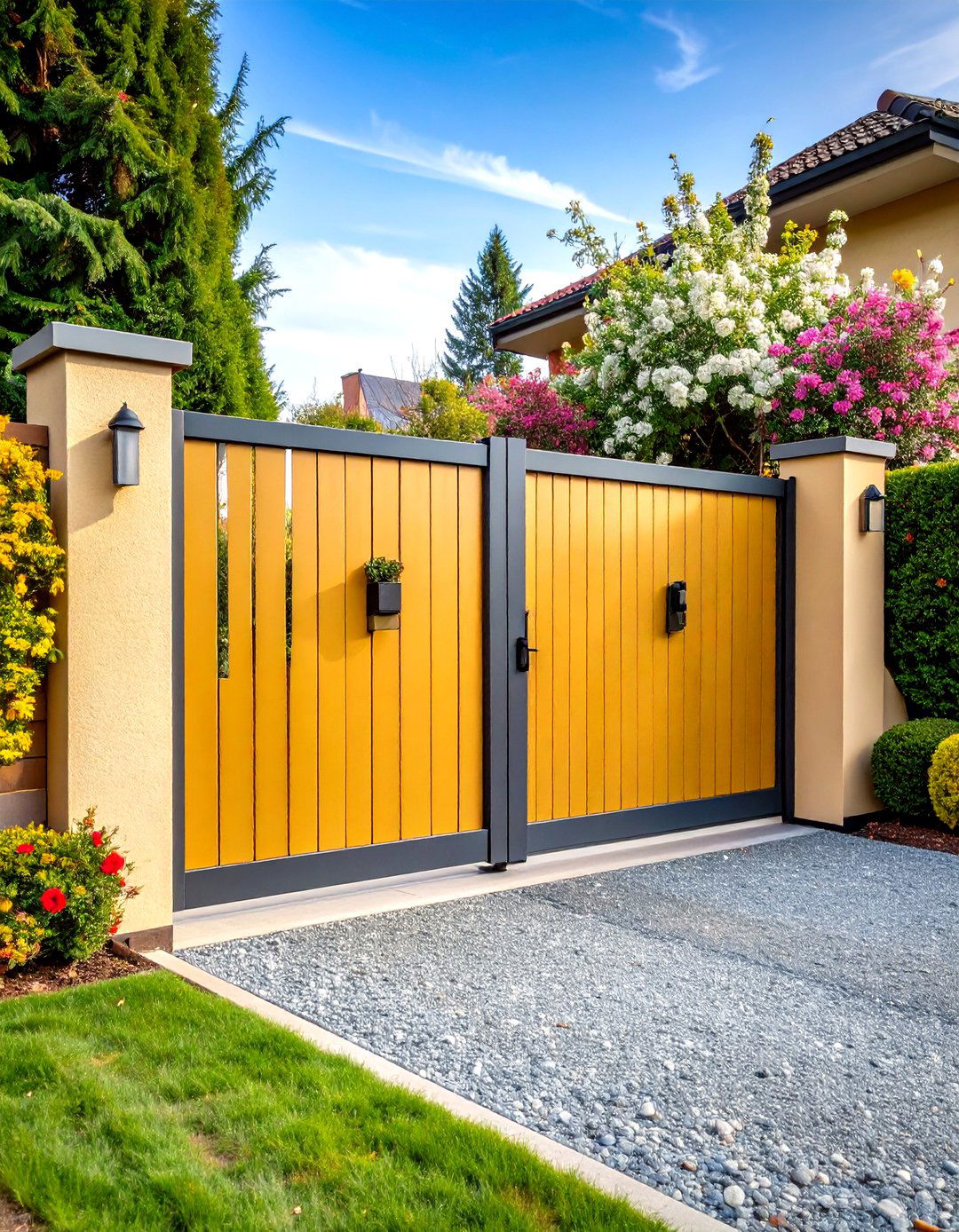

Leave a Reply